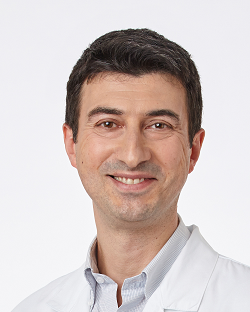
Genetics and cell biology
Age related diseases

Autophagy is a fundamental asset ensuring proteome plasticity against aging and age-related diseases. The Cenci lab pursues the goal to understand, and devise new strategies against, diseases of aging by investigating the mechanisms whereby autophagy maintains cellular homeostasis, with the paradigmatic age-onset cancer, multiple myeloma, as a privileged model.
Research activity
A variety of funded projects address multiple intersections of autophagy with protein homeostasis and the biology of the endoplasmic reticulum and mitochondria, in search of new targetable cancer vulnerabilities and pathomechanisms of aging amenable to therapeutic manipulation.
The lab’s research recently expanded to explore the biological superpowers behind the exceptional longevity of bats, the only flying mammals, virtually exempt from age-related diseases, in primis cancer. AIRC and EU-funded projects investigate the interplay between autophagy, protein and organelle homeostasis, and innate immunity in bat cells.
Tiziana Anelli
Research Associate
Daniel Lacidogna
Undergraduate Student
Andrea Locatelli
Postdoc Fellow
Enrico Milan
Project Leader
Ugo Orfanelli
Technician
Sara Pennacchio
Predoctoral Fellow
Tommaso Perini
Postdoc Fellow
Massimo Resnati
Lab Manager
Maria Vittoria Schiaffino
Research Associate
Matteo Trudu
Postdoc Fellow
Lisa Viviani
Predoctoral Fellow



